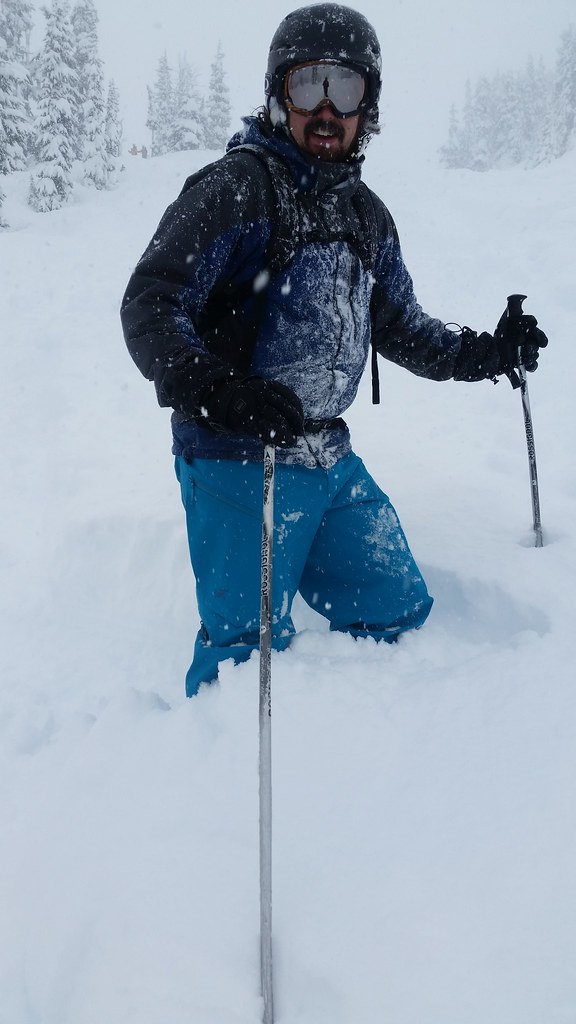Took advantage of an incredibly boring turn of the weather. We are now seeing warmer degrees and rain. Since it's not freezing anymore I whased the summer wheels. While at it I decided to take some measurements. I know that 2 of the tires are more worn than the other 2.
From what I understand the best way to eliminate any error sources while comparing circumference is to deflate the tires entirely. But I settled for having the same pressure in all four.
The good pair has 8 mm (3.15 inch) in the center. And the circumference is 2492 and 2490 mm (2492/2.54= 98.11 inch).
The more worn pair has 3 mm tire depth. They are worn down in the center which leads me to believe they have been running with to much pressure. I recall noticing this when I bought it. I have tried to run whitin the specs but I guess damage where already done. The circumference where 2482 and 2480 mm (2480/2.54 = 97.64 inch)
Time for some math! Comparing the biggest to smallest tire.
Difference in circumference:
98.11/97.64 = 0.0048 = 0.48%
2492-2480 = 12 mm = 0.472 inch
Difference in treadwear:
8-3 = 5 mm (1.97 inch)
5/3 = 1.67 = 167 %
Difference in revs per mile:
(1 mile = 63360 inch)
63360/98.11 = 645.8
63360/97.64 = 648.9
648.9 - 645.8 = 3.1 aprox 3 revs per mile.
So is this a problem when driving in 4wd? I never ever drive in 4wd on paved roads. In summer when these tires are used the truck runs atleast 95 % of the time in 2wd. I would asume the size difference and the short time spend in 4wd on logging roads (gravel/mud/sand = some slippage) and in low speed adds no severe strain on the transfer case and differentials. The system should be able to handle some difference in turning speed, considering wheels will have different speed while driving through a regular bend on the road (different turning radius).
While it's not ideal I think the bad ones will live on a little bit next summer. I like to run the best pair in the rear so this makes wheel rotation limited. But I will definitely get new ones pretty soon cause I don't like the treadwear and the risk of hydroplaning (have that happen to me once and I like it to stay at that number). But my conclusion is that they will be changed out of traction issues rather than stress-on-the-drivetrain issues. Atleast my tires which are on the same axle are within 2 mm (0.079 inch) of each other.
But this is just my uneducated guess. I asume if I asked the tire dealer they would tell me that it's like driving around in an activated bomb playing russian roulette at the same time. But I don't sell tires, and they do...
 As you can tell the serpentine belt was way overdue.
As you can tell the serpentine belt was way overdue.
 A little chilly in the morning.
A little chilly in the morning.


























